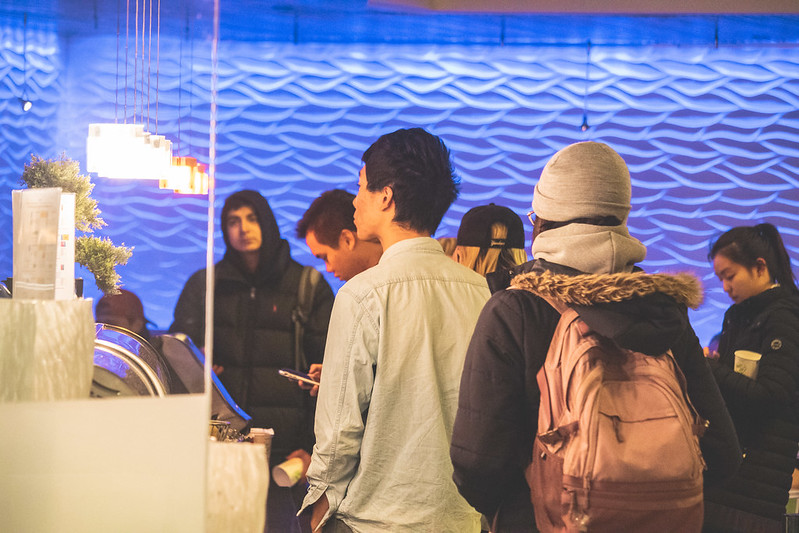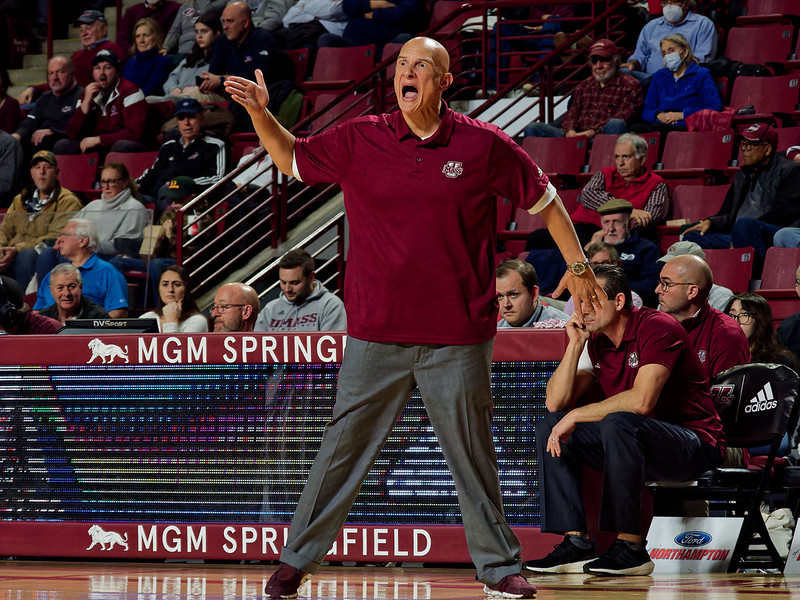Some underage college students may wish they were born in a country where the minimum drinking age is 18. “Why am I allowed to join the Army and die for my country but not buy a beer?” the ages-old refrain goes in the United States, where the minimum drinking age is 21.
It wasn’t always this way — at least very briefly. In the wake of massive anti-war protests in the 1960s and ‘70s, 29 states lowered the drinking age to 18. The logic was simple: if 18-year-olds were responsible enough to go to war, they were also responsible enough to drink.
So, what made Congress step in and coerce states to raise their minimum drinking ages back to 21? It was not due to a rise in binge drinking or alcohol poisoning; it was not even due to alcohol’s supposedly adverse effects on the developing teen brain, which defenders of the current age minimum routinely cite. It was because of an uptick of drunk driving deaths.
The problem with this reasoning is that drunk driving is not caused by alcohol itself. It is a purely structural problem. The crashes, injuries and deaths from drunk driving are mainly because we have left most Americans no alternative to get home besides taking their car.
Rather than try to outlaw 18-year-olds from drinking, we must instead focus on giving them the resources to drink responsibly. This includes not only greater transportation options besides a car but also better regulated drinking spaces and better education on drinking responsibly.
The reality is that drinking is firmly embedded in our culture — especially among 18-20-year-olds who are still legally barred from drinking. While raising the drinking age has led to a sizable decrease in underage drinking, it remains a pastime of around half of college-age youths. In other words, underage drinking is not going away anytime soon.
According to a 2019 study from the National Institute of Health, just over half of all full-time college students ages 18-22 drank in the past month, and 47 percent of adults ages 18-22 drank in the past month.
What’s more, a 2001 study from Harvard suggests that the prevalence of excessive binge drinking is not primarily due to a lower drinking age. This is because the study found that although Canadians drink more over their lifespans, binge drinking rates of American students is “significantly” higher than their Canadian counterparts (41 percent vs. 35 percent for rates of binge drinking among past-week drinkers). This is even though Canada’s drinking age is 18. In addition, most binge drinking deaths in the US are people between the ages of 35 and 64.
Yes, underage drinking has been shown to have various short and long-term harmful effects when used regularly and excessively. But if the potential long-term harm to brain development is truly such a concern, then why is the drinking age 21 instead of 25, when the brain has fully developed?
It is because we have accepted the potential harms of drinking as something we can mitigate by being responsible drinkers. Allowing 18–20-year-old adults to once again drink legally will ensure more social spaces for them to drink responsibly, like in bars rather than less regulated and less transparent fraternity houses, for instance.
Taking on the scourge of drunk driving by eliminating the need to drive will be trickier. This is simply because most of America’s towns and cities have been designed to require a car to get anywhere.
Taxi and rideshare services, such as Uber and Lyft, already play an important role in reducing drunk driving and its fatalities. Still, they are insufficient without comprehensive reinvestment in public transportation. Another helpful policy would be allowing bars to be built closer to homes, so people can walk there too.
In places already designed around these policies — walkable, urban areas such as New York City or even a college town like Amherst — there are statistically fewer alcohol-associated casualties than in more car-dependent places.
To see this, look no further than data from New York and Los Angeles. Although 27 percent of adults in NYC reported excessive drinking, only 7 percent of traffic fatalities involved alcohol. By contrast, in Los Angeles, 17 percent of adults reported excessive drinking, but 26 percent of all traffic fatalities involved alcohol.
The fact that car dependency — not underage drinking — is to blame for increased DUI deaths is not only an important revelation by itself; it also suggests we need to fundamentally rethink how we regulate drinking in America.
By legalizing an activity that America’s 18-20-year-olds are doing anyway, we will finally be able to tackle the structural roots of most alcohol-related deaths. It will mean being able to get home from a late night out without your car; it will mean more alcohol education, and it will mean more social drinking spaces that foster more responsible, more regulated drinking. Until that day comes, though, a weekend in Montreal will likely remain the next best thing.
Liam Rue can be reached at [email protected].



















Preston Knecht • Mar 28, 2023 at 3:28 pm
Well written! I concur!
Tom Alciere • Mar 16, 2023 at 6:18 pm
Some persons have a love affair with their automobile and see the world through a windshield. They don’t mind forcing other persons into a shotgun wedding.
We are told never to drink and drive but the country is at war against persons who don’t drive.
It starts with plowing snow into the sidewalks to make way for persons in cars, persons who matter. What good does it do to buy a house in an area with sidewalks if the sidewalks are impassible a few weeks every year and you still need a car?
They maintain streets without sidewalks and erect traffic lights without crosswalk lights. At night, when the traffic lights are flashing, the crosswalk lights don’t work. Pushing the button has no effect. Maybe you never knew that because you never walked home after a night of heavy drinking, you always drive.
At some corners, you’re lucky to find a painted crosswalk, but when a freight train crosses the street, lights flash, bells clang and gates drop, because the persons who could get killed are persons in cars, persons who matter.
Let’s see now, there’s a job, but the buses don’t go there. here’s another job, but the buses don’t start early enough.
Then there are the personnel managers who answer the phone and invite you in for an interview. Do you need directions how to get here? Take the interstate to exit… They assume you have a car. Excuse me, what subway stop do I get out at? What bus do I take?
When you finally manage to earn a paycheck without owning a car, you may find that bank is closed, but the drive-up window is still open, for persons in cars, persons who matter. I’ve heard of victims explaining that their truck won’t fit under the canopy and the teller serves them, believing them to be somebody with a vehicle and therefore somebody who matters.
The car-lovers cop the attitude that you should buy a car. Are they going to pay for it?
Local governments force builders to add parking lots for new apartment houses, which robs walkers who don’t need parking. Zoning restrictions limit population density, which means fewer persons waiting at each bus stop, preventing bus companies from extending their hours and their routes. Zoning prevents people from living closer to work, and by limiting the supply of housing, drives up rents.
Let’s see now, they had to raise the drinking age to 21 to save lives on the road, and then they raised the 55 m.p.h. speed limit. That’s because the speed limit was inconvenient to persons who matter.
Don’t call the drinking age a stupid law. It is a calculated, premeditated, malicious attack on the fundamental rights and basic human dignity of innocent persons, perpetrated by hypocritical bigots who would otherwise have to impose tougher drunk driving laws on themselves.